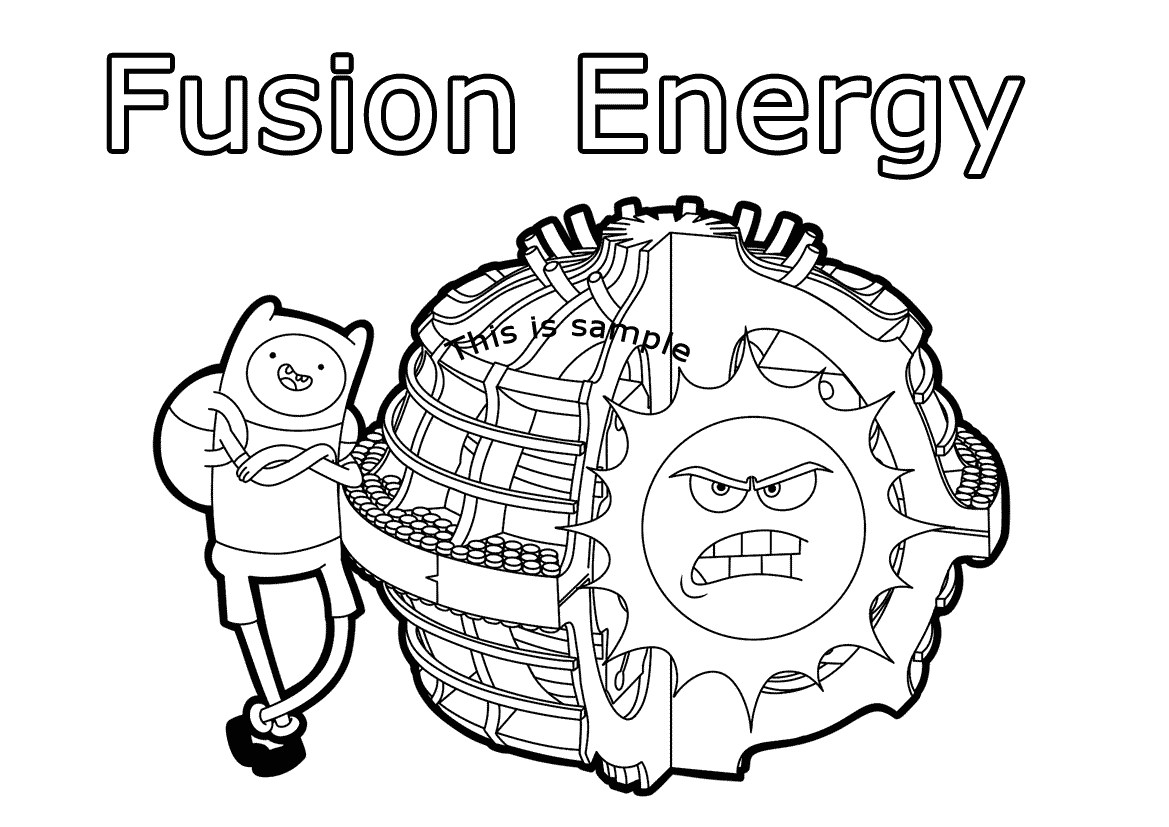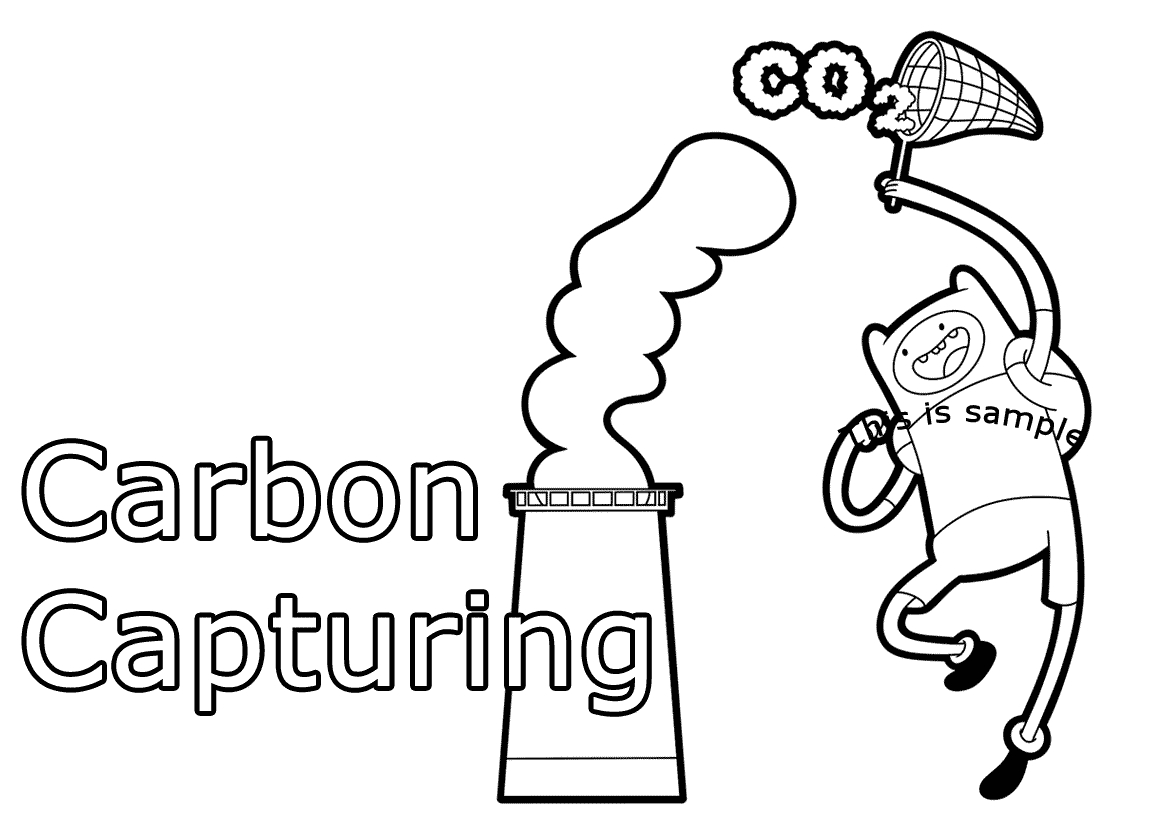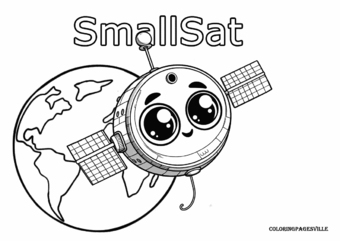Fusion energy is humanity's ambitious attempt to bottle a star, which, as anyone familiar with the universe might point out, is both a delightfully insane and oddly sensible idea. The process involves smashing the tiniest particles of matter — bits of hydrogen so small they’d get lost in your soup — together at temperatures so high that even the Sun would ask, “Are you sure about this?” The result, if all goes well, is an absurd amount of energy and no smoke, no mess and no awkward calls to the planetary environmental agency.
The tricky part, of course, is convincing these particles to play nice. They need to be squished together with the help of magnetic fields that would make your fridge magnets blush with inadequacy. The whole affair takes place inside donut-shaped machines called tokamaks, because “giant metal star-simulating donut” was too on-the-nose. If successful, fusion could provide almost endless energy, powered by plain old hydrogen from water. Yes, water. That stuff you splash around in the bathtub might one day be the key to saving the world. Assuming, of course, the magnets, the temperatures and the particles all decide to behave.
The tricky part, of course, is convincing these particles to play nice. They need to be squished together with the help of magnetic fields that would make your fridge magnets blush with inadequacy. The whole affair takes place inside donut-shaped machines called tokamaks, because “giant metal star-simulating donut” was too on-the-nose. If successful, fusion could provide almost endless energy, powered by plain old hydrogen from water. Yes, water. That stuff you splash around in the bathtub might one day be the key to saving the world. Assuming, of course, the magnets, the temperatures and the particles all decide to behave.
Add comment












